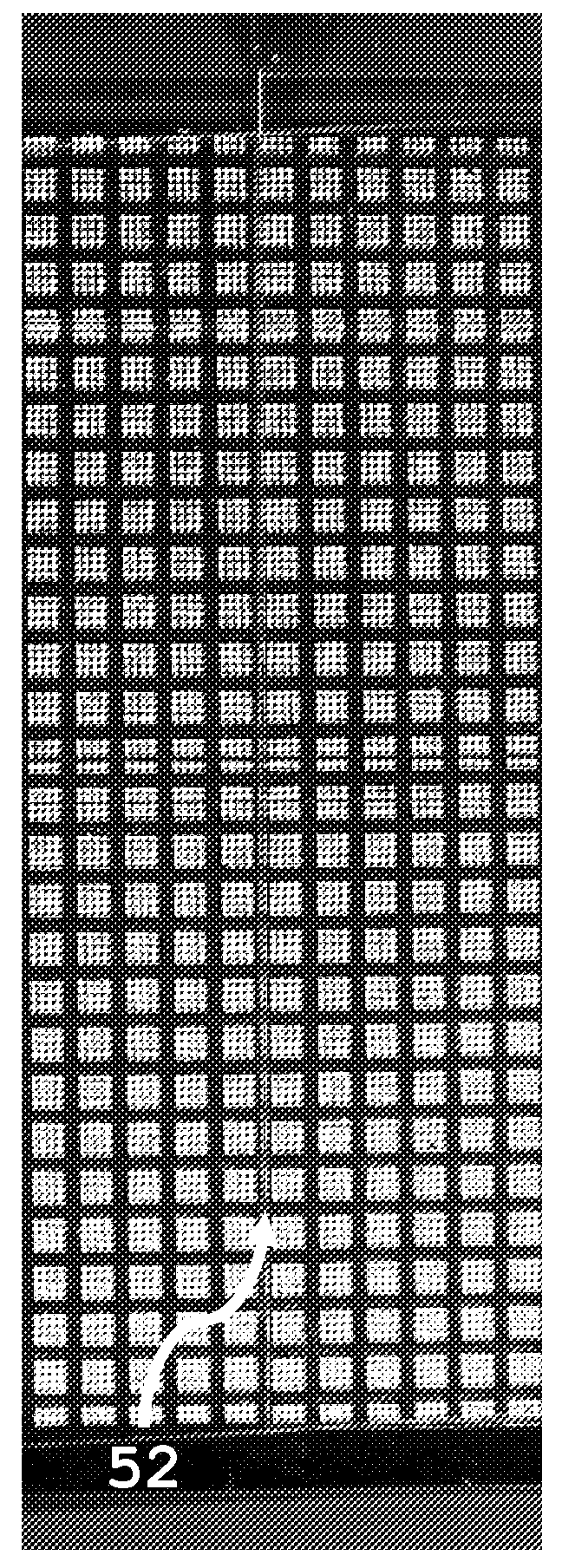Tiled electroluminescent device with filled gaps
a technology of electroluminescent devices and tiles, applied in the direction of discharge tubes/lamp details, discharge tubes luminescnet screens, electric discharge lamps, etc., can solve the problems of less than satisfactory image quality, large flat-panel displays (e.g. greater than approximately 3 meters in diagonal), and inability to make monolithic substrates. , to achieve the effect of reducing reflection, less visible, and improving light emission uniformity
- Summary
- Abstract
- Description
- Claims
- Application Information
AI Technical Summary
Benefits of technology
Problems solved by technology
Method used
Image
Examples
Embodiment Construction
[0022]Referring to FIG. 1, the present invention provides a tiled electroluminescent (EL) device 2 having improved light-emission uniformity and reduced reflection from ambient light. The tiled electroluminescent device 2 includes at least a first 4 and a second 6 electroluminescent device tile. A portion of the edge 8 of the first device tile 4 is abutted with a portion of the edge 10 of the second device tile 6, leaving one or more gap(s) 12 between the first and second device tile edges 8, 10. Each device tile 4, 6 includes a substrate 14, 16, respectively, and at least one electroluminescent diode formed in optical contact with the substrate 14, 16 for emitting light according to a distribution that is substantially Lambertian. By “in optical contact” it is meant that the two materials are not separated by an air gap. As such light is permitted to enter the substrate from the electroluminescent diode and become trapped within this substrate due to total internal reflection betwe...
PUM
 Login to View More
Login to View More Abstract
Description
Claims
Application Information
 Login to View More
Login to View More - R&D
- Intellectual Property
- Life Sciences
- Materials
- Tech Scout
- Unparalleled Data Quality
- Higher Quality Content
- 60% Fewer Hallucinations
Browse by: Latest US Patents, China's latest patents, Technical Efficacy Thesaurus, Application Domain, Technology Topic, Popular Technical Reports.
© 2025 PatSnap. All rights reserved.Legal|Privacy policy|Modern Slavery Act Transparency Statement|Sitemap|About US| Contact US: help@patsnap.com



